Phylogenetic System Of Classification
Phylogenetic system of classification. Whittaker proposed the five-kingdom classification in 1969. Linnean groups share similar traits but the groups often do not reflect evolution or levels of diversity. The Red Kangaroos is in the Family Macropodidae because it has a specialized digestive system that help break down grasses four pairs of molars a pouch and a long tail and large feet that help aid in movement.
1921 Tillyard uses term phylogenetic and distinguishes between archaic and specialized characters in his classification system 1940 term clade coined by Lucien Cuénot 1949 Jackknife resampling Maurice Quenouille foreshadowed in 46 by Mahalanobis and extended in. Since then many new species have been discovered. The system of binomial nomenclature a 2-part naming method Carolus Linnaeus lived from 1707 to 1778.
Most of us are accustomed to the Linnaean system of classification that assigns every organism a kingdom. Diplopod hemocyanin sequence and the phylogenetic position of the Myriapoda. Molecular Biology and Evolution 181566-1573.
A phylogenetic analysis of spiralian metazoan morphology. A major change to the Linnaean system was the addition of a new taxon called the domain. In contrast the Linnean system is focused on ranking organisms in groups.
Annelida and Arthropoda are not sister taxa. Biologists use phylogenetic trees for many purposes including. The last common bilterian ancestor.
This classification was based upon certain characters like mode of nutrition thallus organization cell structure phylogenetic relationships and reproduction. In fact it is a fairly straightforward process that can be learned quickly and applied effectively. Identify the levels of classification and how organisms are named.
Describe organism relationships in a phylogenetic tree. A hierarchical classification system.
In this system organism are classified on the basis of their evolution on earth from primitive to highly evolved.
Diplopod hemocyanin sequence and the phylogenetic position of the Myriapoda. The database details a comprehensive IUBMB approved classification system for membrane transport proteins known as the Transporter Classification TC system. Linnaeus published his classification system in the 1700s. Monday April 27 1. Moving from the point of origin the groups become more specific until one branch ends as a single species. The system of binomial nomenclature a 2-part naming method Carolus Linnaeus lived from 1707 to 1778. The phylogenetic tree below shows the relationships of seven types of vertebrates one of which is the extinct dinosaur Tyrannosaurus rex. Since then many new species have been discovered. In this system organism are classified on the basis of their evolution on earth from primitive to highly evolved.
Phylogenetic nomenclature is a semantic extension of the general acceptance of branching in the course of evolution represented in the diagrams of Jean-Baptiste Lamarck and later writers like Charles Darwin and Ernst Haeckel. The Red Kangaroos is in the Family Macropodidae because it has a specialized digestive system that help break down grasses four pairs of molars a pouch and a long tail and large feet that help aid in movement. History of Phylogenetic Classification. Linnean groups share similar traits but the groups often do not reflect evolution or levels of diversity. Annelida and Arthropoda are not sister taxa. But this system failed to accommodate fungi protists and bacteria. Since then many new species have been discovered.


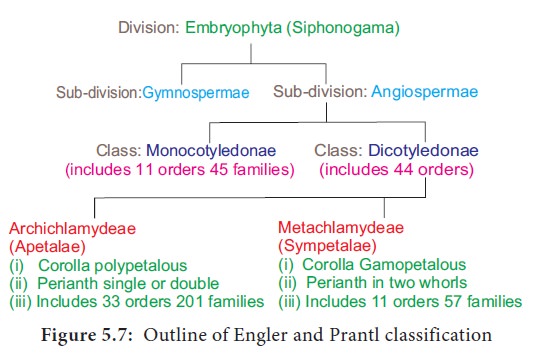

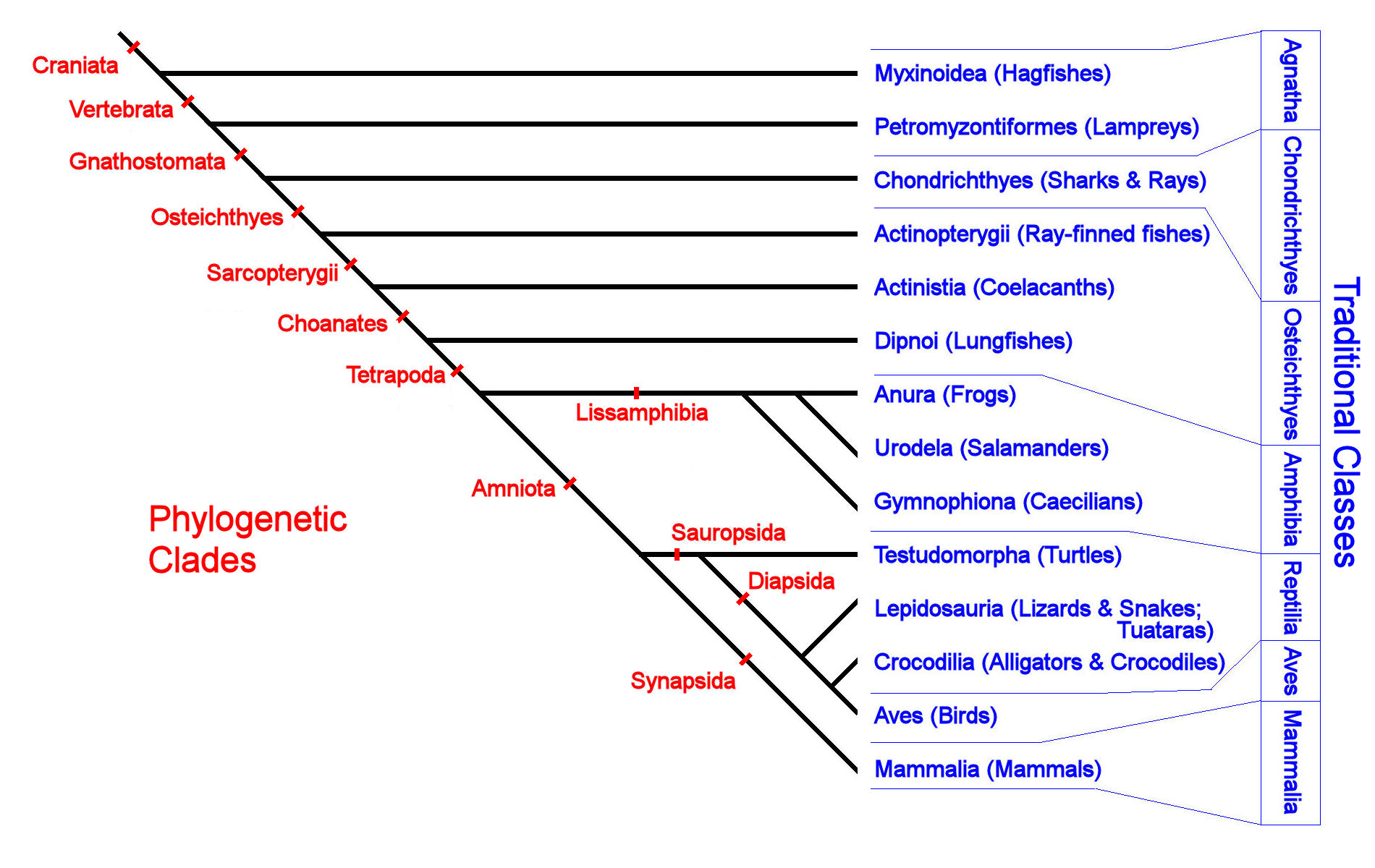
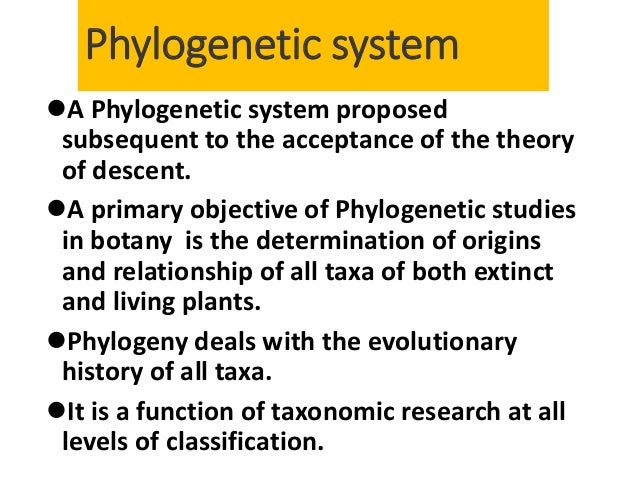

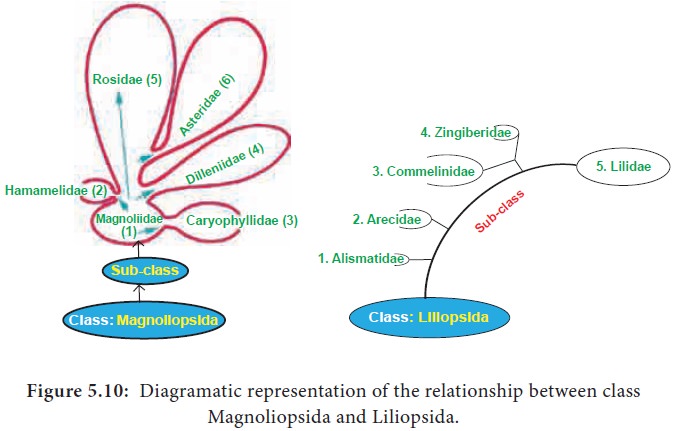
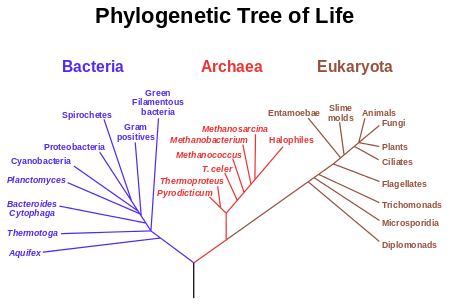




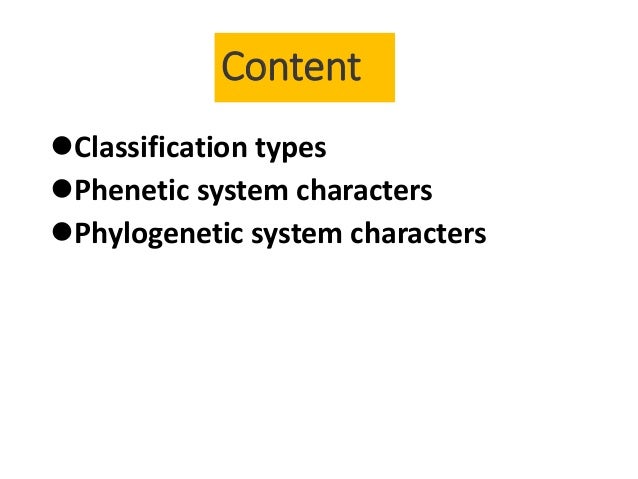

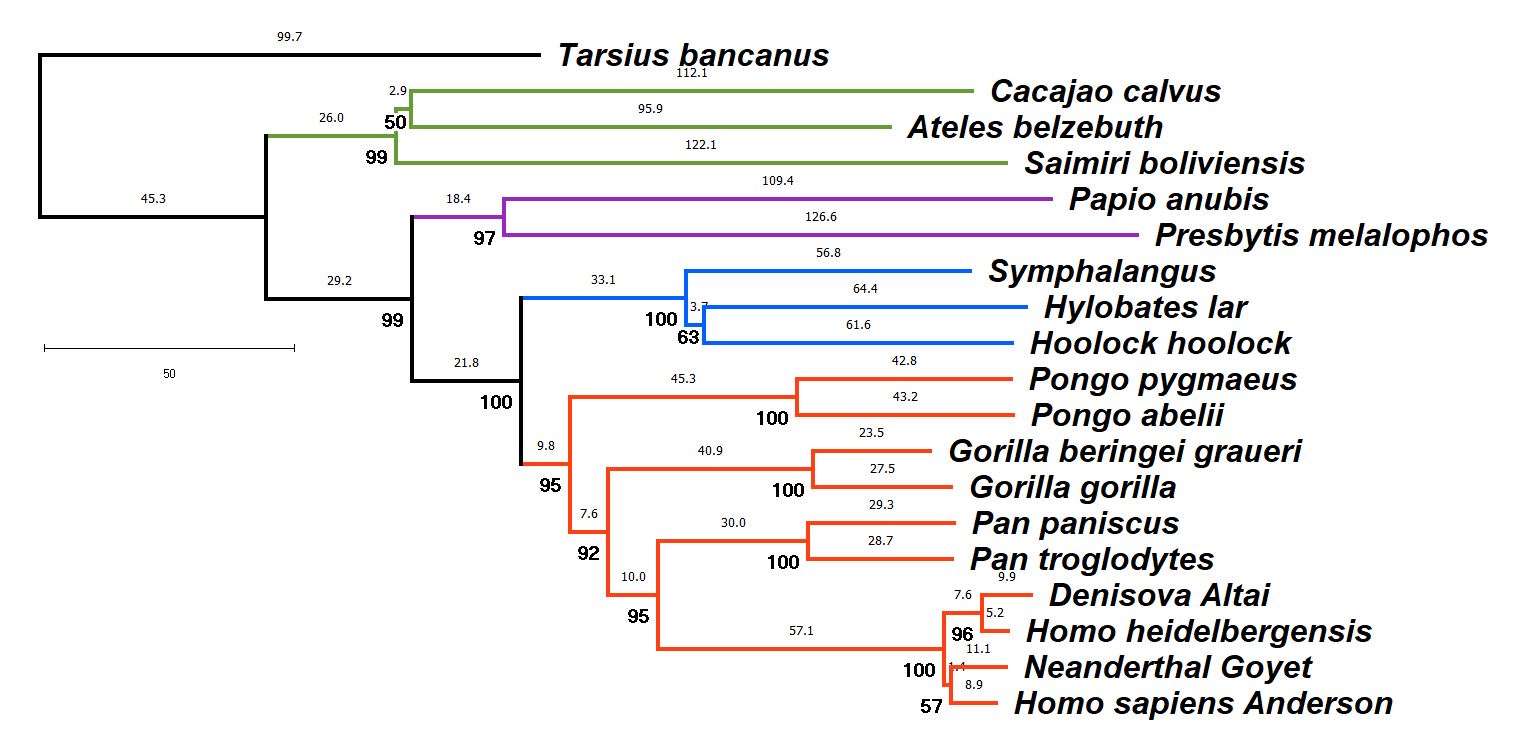



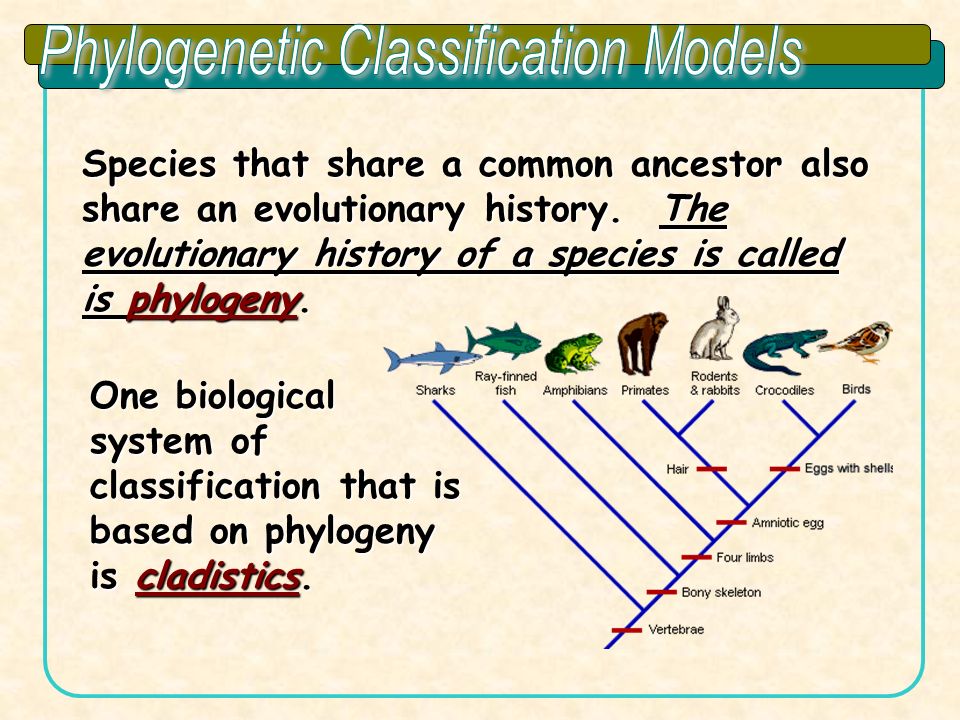







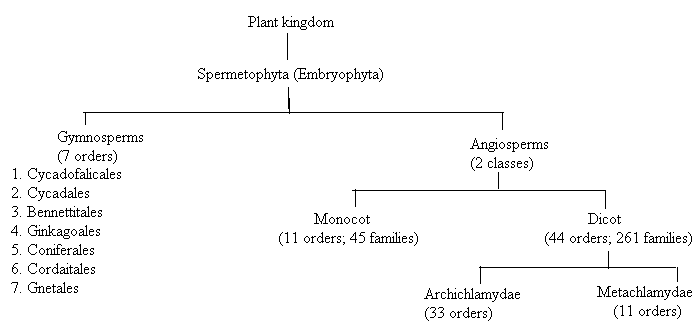

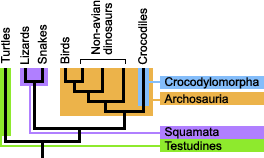
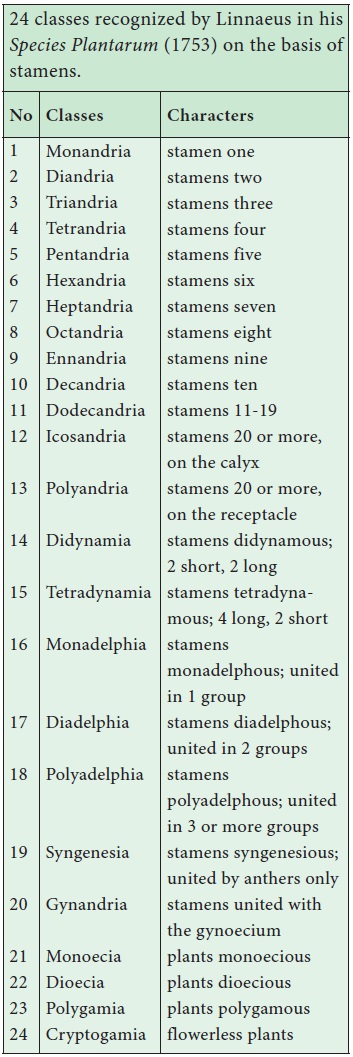




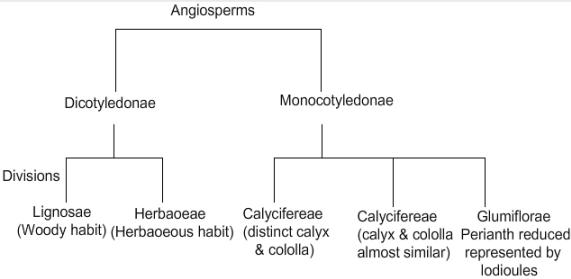






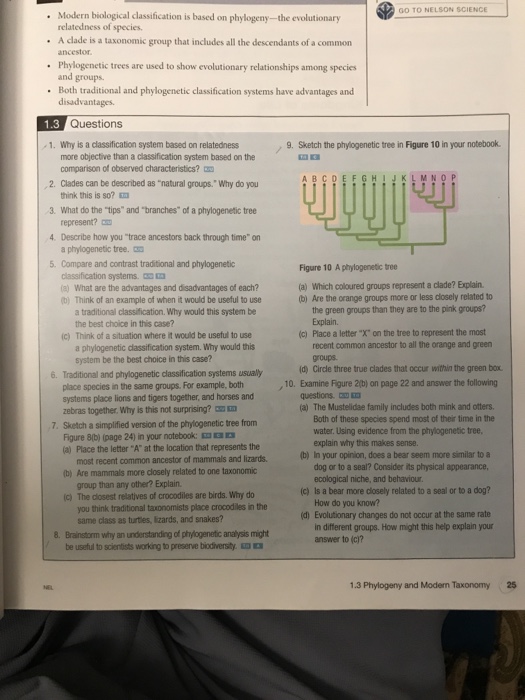



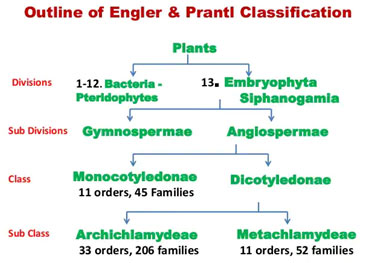
Post a Comment for "Phylogenetic System Of Classification"